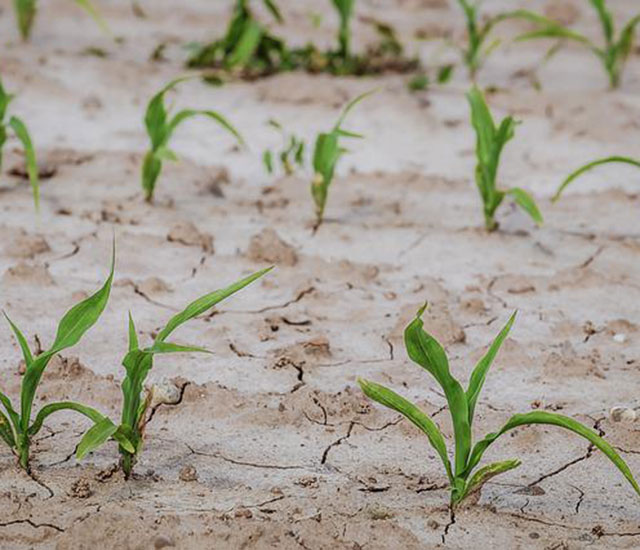Nairobi – Four consecutive seasons of poor rains have left millions of drought-stricken people in Kenya, Somalia and Ethiopia facing starvation, aid agencies and meteorologists said Monday, warning that the October-November monsoon “could also fail”.
The unprecedented drought is “a climatic event not seen in at least 40 years”, said the statement by meterological experts and humanitarian groups including UN agencies.
“The 2022 March-May rainy season appears likely to be the driest on record,” it said.
Insufficient rainfall has destroyed crops, killed livestock and forced huge numbers of people to leave their homes in search of food and water, with the prospect of a fifth failed monsoon threatening to plunge the troubled region even deeper into catastrophe.
“Should these forecasts materialise, the already severe humanitarian emergency in the region would further deepen,” the agencies said.
ALSO READ | Call for help as Horn of Africa drought worsens, 20 million at risk of hunger
The drought has already wiped out 3.6 million livestock in parts of Kenya and Ethiopia where local populations rely heavily on pastoralism to eke out a living. Meanwhile, one in three animals have died in Somalia since mid-2021.
More than 16.7 million people in the three countries are experiencing acute hunger with the number projected to rise to 20 million by September.
The dire conditions have been exacerbated by the conflict in Ukraine, which has contributed to soaring food and fuel costs, the statement added.
Without funding to scale up the aid response, an already dire situation will get worse, it said.
“A rapid scaling up of actions is needed now to save lives and avert starvation and death.”
ALSO READ | At least 20 million risk starvation as Horn of Africa drought worsens, UN says
Current appeals to respond to the drought remain well underfunded, it added.
A previous appeal in February by the UN’s World Food Programme raised less than four percent of the cash needed.
East Africa endured a harrowing drought in 2017 but early humanitarian action averted a famine in Somalia.
In contrast, 260 000 people – half of them children under the age of six – died of hunger or hunger-related disorders when a famine struck the country in 2011.
Experts say extreme weather events are happening with increased frequency and intensity due to climate change.
Follow African Insider on Facebook, Twitter and Instagram
Source: AFP
Picture: Pixabay
For more African news, visit Africaninsider.com


